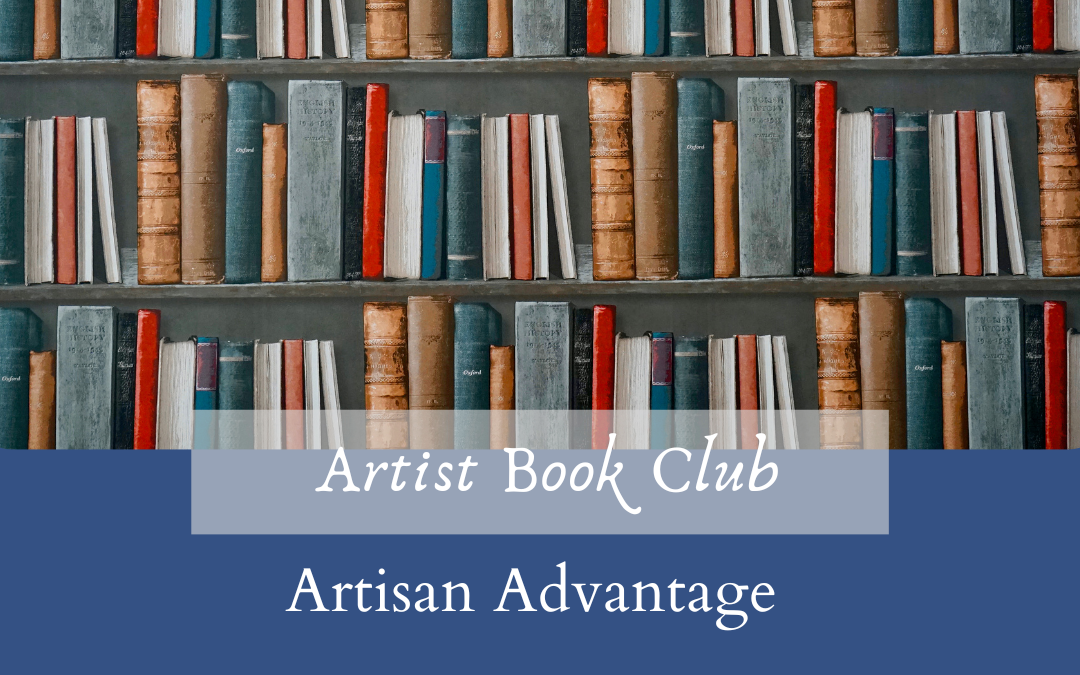
by Rebecca Sciullo | Sep 25, 2023 | Learning
Adding a reading habit to your routine can offer valuable ideas for your art business. To encourage you in that effort, Artisan Advantage is getting ready to reboot the Artist Book Club. This time around, the Club is going to be a more interactive model. While details are put into place, we’re going to review some books on past Artisan Advantage reading lists. Hopefully, you will find something helpful here for your business.
Here we’ll revisit Stephen R. Covey’s timeless masterpiece, The 7 Habits of Highly Effective People. This book has guided people of all professions seeking personal and professional growth. In this past book club pick, Covey presents a holistic approach to self-improvement that goes beyond productivity tips. Here’s a bit of what makes this book a universal classic.
Get The Book
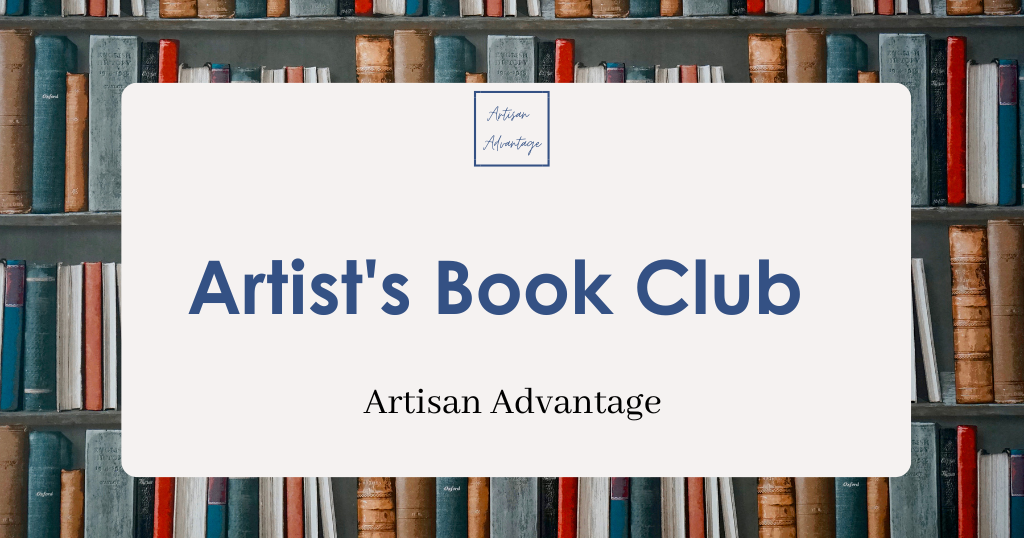 This post contains affiliate links which means I receive a small commission if you make a purchase using the link. For more information, see my full terms here.
This post contains affiliate links which means I receive a small commission if you make a purchase using the link. For more information, see my full terms here.
7 Habits Recap
Covey’s first three habits revolve around personal effectiveness. The foundational “Be Proactive” encourages taking responsibility for your choices, while “Begin with the End in Mind” stresses the importance of setting clear goals. “Put First Things First” urges prioritization based on importance rather than urgency, a concept that can revolutionize time management.
The following three habits deal with interpersonal effectiveness. “Think Win-Win” advocates for a mindset of collaboration and mutual benefit. “Seek First to Understand, Then to Be Understood” highlights communication – critical in building meaningful relationships. “Synergize” emphasizes the power of teamwork and the creation of solutions greater than the sum of their parts.
Covey’s final habit, “Sharpen the Saw,” emphasizes self-renewal through physical, mental, emotional, and spiritual development. This habit underscores the importance of continuous growth and balance in our lives.
Covey’s principles are not quick fixes but enduring, guiding philosophies.
Get your book here.
How Can I Apply This to My Art Business?
While the book doesn’t focus specifically on the art industry, its principles are universally applicable and can be adapted to various professional contexts, including the art world. Here’s how these habits can apply to an art business:
1 – Be Proactive
To be proactive means taking control of your business. Instead of waiting for opportunities to come your way, actively seek out exhibitions, collaborations, and networking events. Take responsibility for your artistic direction and business decisions.
2 – Begin With the End in Mind
Define your vision and long-term goals. Consider where your art business will be in three, five, or ten years. This habit helps you create a roadmap for your artistic journey.
3 – Put First Things First
Prioritize your art marketing and proactive business activity. Allocate time for creating new artwork and developing your skills. Don’t let distractions consume all your time; focus on what will move your business forward.
4 – Think Win-Win
Collaborations and partnerships can be very beneficial for an art business. Approach negotiations and collaborations with a win-win mindset, seeking mutually beneficial outcomes. Building positive relationships with galleries, collectors, and fellow artists can lead to long-term success.
5 – Seek First to Understand, Then to Be Understood:
Effective communication is crucial in your business. Understand the needs and preferences of your target audience and collectors. Listening and empathizing with their perspectives can help you create art and communications that resonate with them.
6 – Synergize
Collaboration can lead to innovative projects and increased exposure—partner with other artists, galleries, or organizations to create unique exhibitions or events. Combining your strengths can lead to greater success than working alone.
7 – Sharpen the Saw
Self-care is essential, particularly with a self-owned business. Take time to nurture your creativity, mental well-being, and physical health. Continuous learning and personal development will enhance your artistic skills and business acumen.
Applying these habits to your art business can help you become a more effective artist-entrepreneur. You can build a thriving art business that reflects your passion and creativity by aligning your actions with your artistic vision, improving communication, and fostering positive relationships within the art community. Covey’s principles provide a framework for achieving personal and professional success in art.
Join my weekly newsletter where I’ll send you tips to help you with your art business.
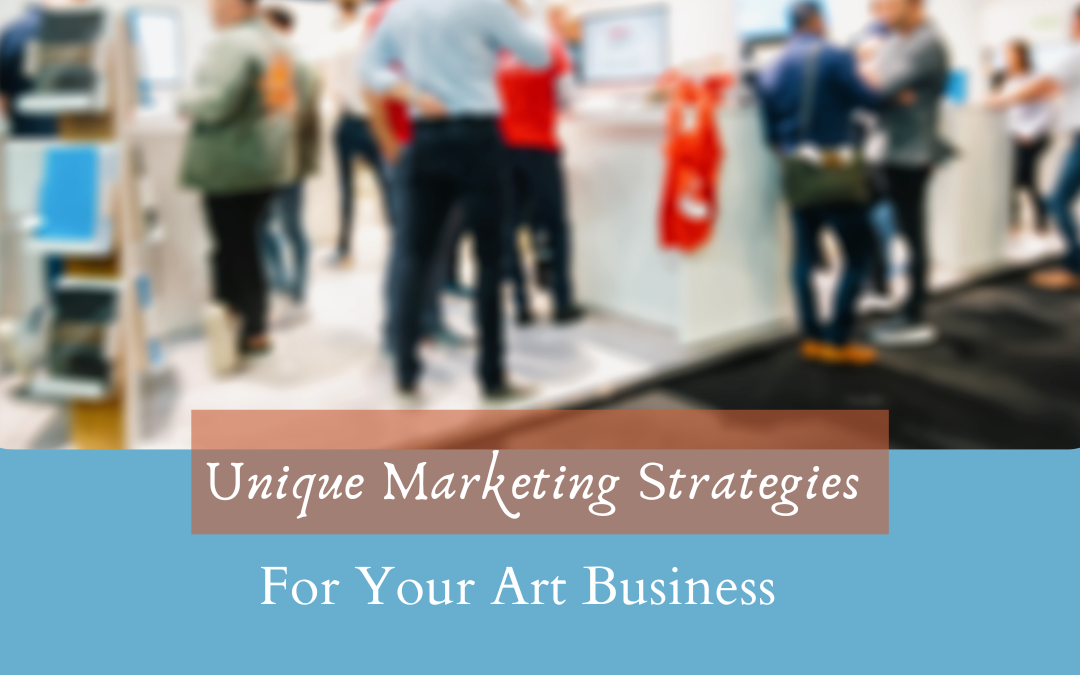
by Rebecca Sciullo | Sep 5, 2023 | Learning
10 Unique Ideas to Market and Sell Your Art Without Gallery Representation
Many artists consider art galleries the primary avenue to showcase and sell their work. However, in today’s rapidly evolving art landscape, they may only sometimes be the optimal choice or a possibility for every artist. When gallery representation is not on the table, what does an artist do to get their work marketed and sold?
The Good News
The digital age has ushered in a new era where artists can harness the power of online platforms, social media, and e-commerce to gain visibility and connect directly with art enthusiasts. Embracing these alternative approaches offers artists greater control over their careers. And it opens up new avenues for reaching a wide audience.
You Need a Strategy
But where do you start if you want to make direct connections with collectors? You need strategies that work for your art and your business goals. You need a plan to stand out among the plethora of marketing on social media and in the marketplace. The best way to do that is to create a unique strategy for you, your work, and your business goals.
GET YOUR FREE GUIDE HERE
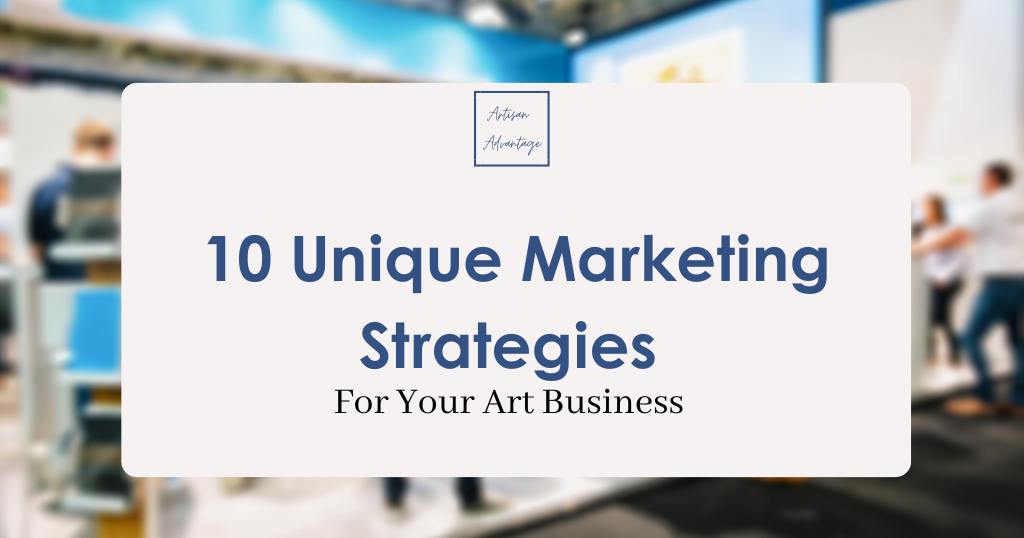
Get This Free Guide
Get Guide Here
Unlock your artistic potential and supercharge your art career with my FREE guide – 10 Unique Strategies to Market and Sell Your Work…
Discover ten unique art marketing strategies to sell your artwork outside of gallery representation. This guide gives you ten approaches to consider to formulate your marketing strategy.
Download your FREE guide now and embark on a journey towards thriving as an artist in the modern world!
Requesting this Guide includes a complimentary subscription to the Artisan Advantage newsletter. You’ll receive emails with a weekly art marketing tip, resources, and more relevant to building an art business. You can unsubscribe at any time.
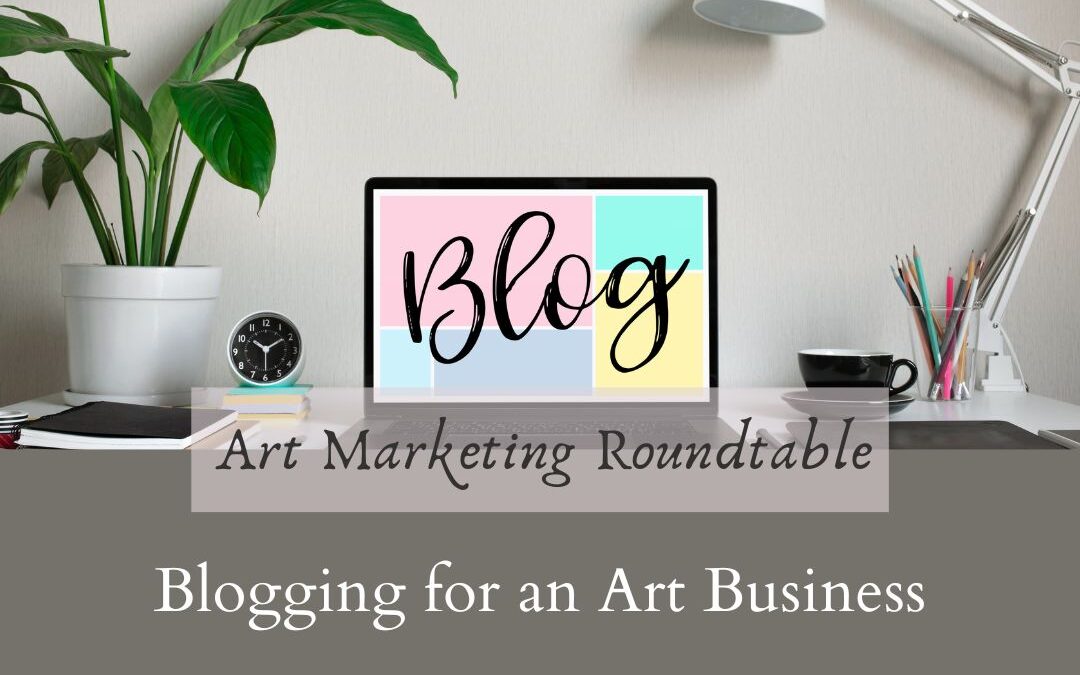
by Rebecca Sciullo | Aug 8, 2023 | Learning
Blogging for Your Art Business
Having a solid online presence for your art business is crucial for success. One powerful tool that can significantly enhance your art marketing strategy is blogging. Whether you’re a painter, sculptor, photographer, or any other artist, blogging can help you connect with a broader audience, build your brand, and increase your art sales.
I’m excited to announce the next Art Marketing Round Table – “Blogging for Your Art Business.” This interactive event will share insights, strategies, and success stories about leveraging blogs to promote and sell art.
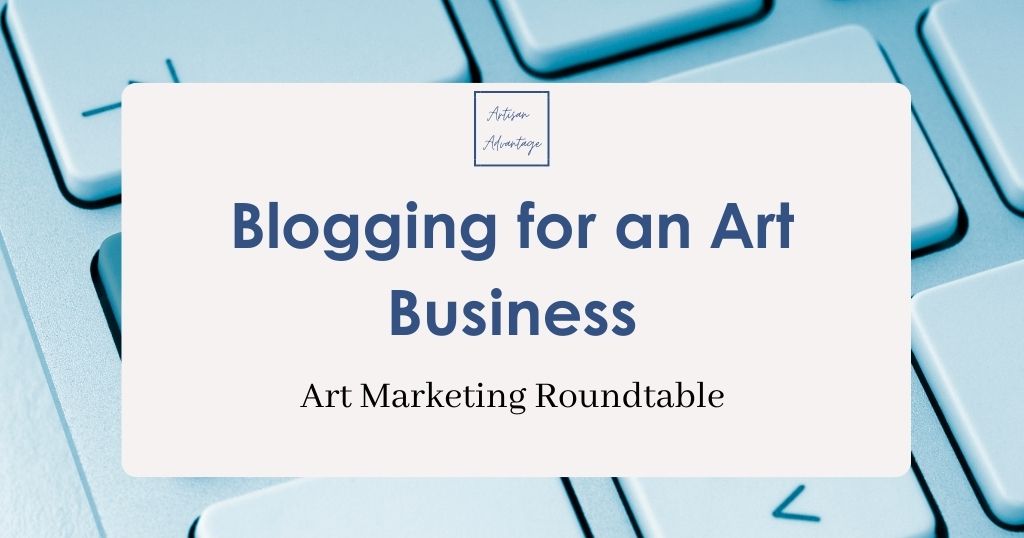
Why Attend the Art Marketing Round Table?
Gain Valuable Insights: We’ll cover topics such as creating compelling content, optimizing your blog for search engines, and some hidden benefits of blogging.
Get Inspired: Blogging is an art form in itself. It allows artists to showcase their creativity beyond their physical artwork. You’ll learn ways to express your artistic vision through the round table discussions through engaging blog posts. Discover fresh ideas, storytelling techniques, and visual strategies to elevate your online presence.
Unlock Business Opportunities: A well-crafted blog amplifies your artistic expression and opens doors to new business opportunities and collaboration.
Event Details:
Date: September 20, 2023
Choose between two time slots!
Limited seats are available, so reserve your spot now!
How to Participate:
To join us at the Art Marketing Round Table, register for one of two time slots here.
Blogging has emerged as a powerful marketing tool, enabling artists to connect with their audience, showcase their work, and build a thriving art business. Take advantage of the opportunity to learn how to start or improve on using this tool.
I look forward to seeing you at the round table!

by Rebecca Sciullo | Jul 24, 2023 | Learning, Planning
Write A One-Page Business Plan for Your Art Business
Recently I was asked if I had a business planning template that I could offer to an artist. While I’ve attempted to create them over the years, the truth is that when I work with an artist on planning, I typically start from scratch for each artist. I don’t have a one-size-fits-all plan for my clients.
So, where does an artist start when making a business plan?
While you might be inclined to write a detailed plan, sometimes a concise and focused approach can be just as practical. You can start by mapping things out on one page, which is how I started working after reading Chris Guillebeau’s $100 Start Up several years ago. While it’s not specific to an art business, the book offers an excellent overview of how to map out a business on one page. And it puts you in a great frame of mind to start your planning.
Don’t Overcomplicate Things
While exploring how to create a one-page business plan specifically tailored to the needs of your art business, avoid bogging yourself down in too many details. Keep things simple while focusing on key points to keep yourself on track.
Outside of the template offered in The $100 Start Up, here are some other areas you can map out on one piece of paper.
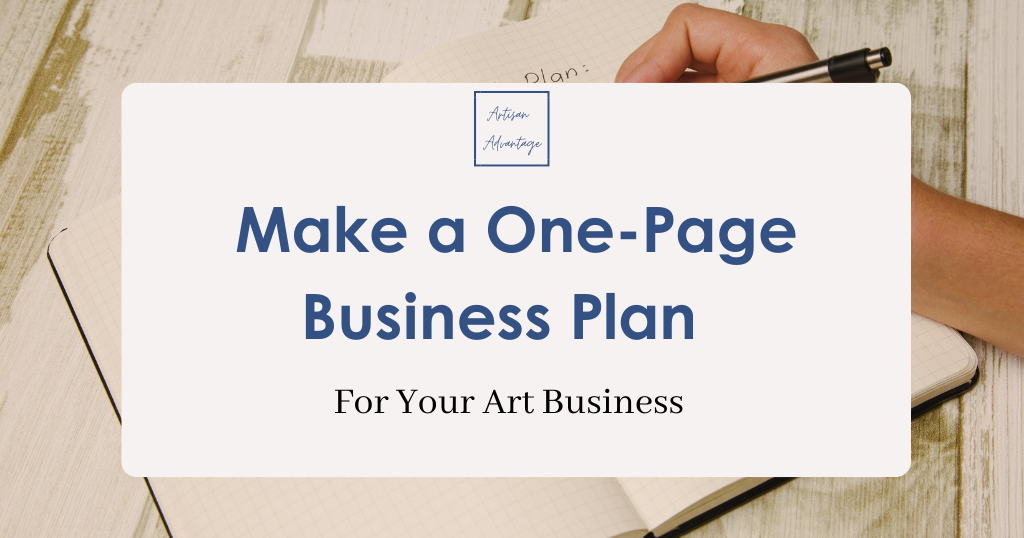 This post contains affiliate links which means I receive a small commission if you make a purchase using the link. For more information, see my full terms here.
This post contains affiliate links which means I receive a small commission if you make a purchase using the link. For more information, see my full terms here.
Here are some things to consider with your one-page plan.
Define Your Vision and Mission
Begin your one-page business plan by clearly defining your vision. Your vision is simply a picture of what you want your business to look like in the future. Make it concise, capturing what you want to accomplish and how you want to impact your audience or the art community. Remember, your vision can change over time. You are not locked into it, but having a starting point helps move you in the right direction.
Identify Your Target Audience
Understanding your target audience is crucial for any business, including art enterprises. Who are the likely people who will purchase your work? This will help you tailor your artistic style, marketing efforts, and communication strategies to resonate with your intended audience.
Artistic Offerings
What is it that you are offering or selling? Highlight what sets you apart from others and articulate the value it brings to your customers. Whether you specialize in paintings, sculptures, digital art, or other mediums, clearly define your artistic offerings.
Competitive Analysis
Conduct a brief analysis of the competitors within your chosen market. Understanding your competition enables you to refine your artistic style and marketing strategies to stand out in a crowded marketplace.
Marketing and Promotion Strategies
Outline your key marketing and promotion strategies on your one-page business plan. Consider online and offline channels, such as social media platforms, art exhibitions, galleries, art fairs, and collaborations with other artists or influencers. How will you get your work in front of people to move your business forward?
Financial Considerations
Even with a condensed business plan, you should include a brief overview of your financial considerations. Identify your art business’s revenue streams, pricing strategies, and anticipated costs or investments. While not exhaustive, this section will provide a basic understanding of the financial landscape of your enterprise.
Milestones and Action Steps
Specify the key milestones and action steps required to achieve your goals. Break down larger objectives into smaller, manageable tasks with realistic timelines. This will help you stay organized and track your progress as you work towards building your art business.
Evaluate and Adapt
Finally, acknowledge the importance of evaluating your progress and adapting your strategies. As an artist and entrepreneur, the art market is dynamic, and trends can change rapidly. Regularly review your one-page business plan, assess your results, and make adjustments to stay relevant and successful.
Providing Guidance and Structure to Your Business
A one-page business plan can be a powerful tool for artists looking to establish and grow their art businesses. By condensing the key elements of a traditional business plan into a single page, you can focus on the essentials while maintaining a clear direction for your artistic journey. Remember, the purpose of this plan is to provide guidance and structure while leaving room for your creative intuition and creativity to thrive. With a concise roadmap, you can confidently navigate the art market and pursue your passion while building a thriving and sustainable art business.
Would you like some direction for your art business? Read about my Art Business Review. where we can work to put a plan together or breathe new life into your creative venture.
Join my email newsletter for weekly art marketing tips, events, and more.

by Rebecca Sciullo | Jun 20, 2023 | Events, Learning, Planning, Productivity, Your Hub
Do you have a business plan for your art business? It might not be that unusual that you don’t. If you started selling your art as a side business and fell into it, as sometimes happens, you may not have one. Or, maybe you’ve been so busy working between producing work and marketing that you haven’t reviewed your plans in a while. The good news is that there is always time.
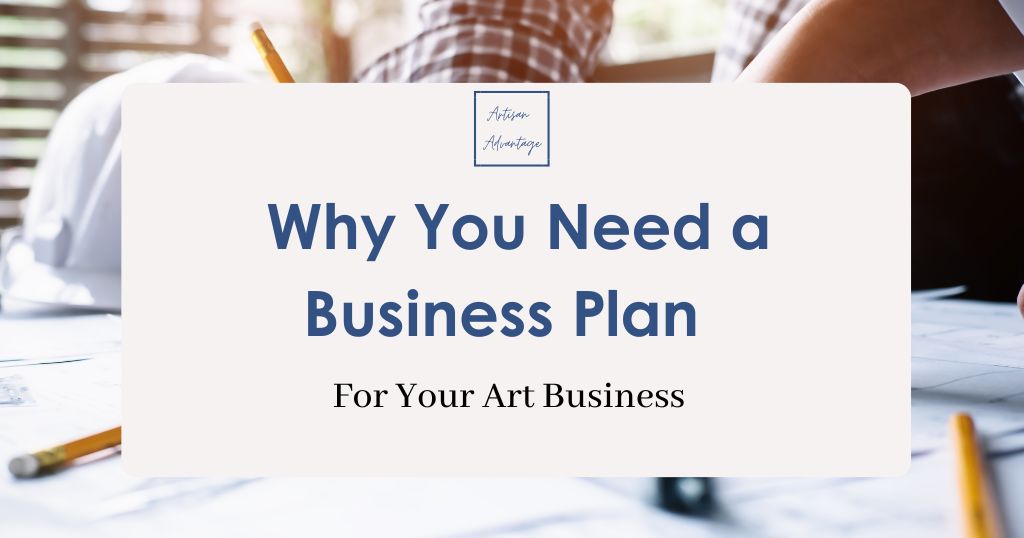
Reasons to consider writing or revamping your art business plan.
You need a strategic approach combining your artistic vision with a well-designed business plan to succeed. Here are some things a solid business plan will do for you.
A good plan ensures you to treat your art as a business. Many artists need help viewing their creative pursuits as a business, fearing that it might dilute their artistic integrity. Treating art as a business helps you to establish a professional framework, enabling you to focus on goals, identify target audiences, and allocate resources effectively.
Setting clear goals gives you a roadmap to success. By outlining your vision, then short-term and long-term plans, you can stay focused, measure progress, and adapt your strategies accordingly.
A business plan helps you to manage your finances. Your financial stability is vital for sustaining a creative endeavor. With a clear understanding of their finances, artists can invest wisely in their art and secure a stable income.
Your plan outlines effective marketing strategies. An effective business plan helps you identify a target market and develop effective marketing strategies, allowing you to tailor artistic offerings, craft persuasive messages, and utilize appropriate marketing channels, maximizing your reach and exposure.
It gives you accountability. There is something about putting your plans into writing that takes you one step further to sticking to them. Share them with a partner or colleague, and your commitment to seeing the plan through will increase.
Creativity at the Core, But Planning is Essential
While creativity remains at the core of your work, having a well-designed business plan is essential for sustainable success. It provides a strategic framework to support your vision, helps manage finances, enables effective marketing, and increases accountability. Unlock your full potential and create a solid foundation for your art business by investing time and effort into crafting a comprehensive business plan.
It’s Never Too Late to Plan
Join a free art marketing round table, where we will discuss doing a mid-year business review, productivity, and time management for artists.
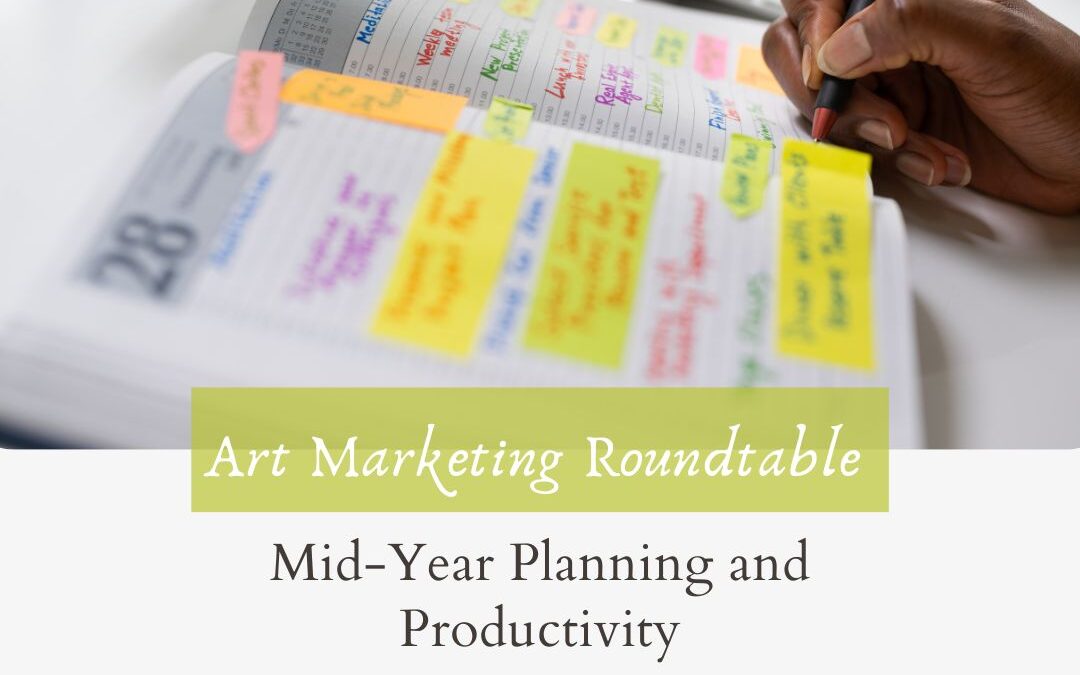
by Rebecca Sciullo | Jun 14, 2023 | Learning, Planning, Productivity, Time Management, Tools
How’s Your Year Going?
Do you plan once for your year and then not look at it again for the rest of the year? If you do, you’re not alone. It’s not uncommon to make solid plans and then get so busy with your work that you don’t check back in to assess how things are going.
Or, do you not have a plan but rather roll with things, creating work and putting it out there on your website or social media, hoping something will happen? Again, you’re not alone. The good news is there is always time to start making a plan.
You may have a plan and want to be more productive and assess how to improve things along the way.
For all three of these scenarios, and everything in between, join an upcoming art marketing round table where we will talk about doing a mid-year review for your art business and sharing productivity and planning tips.
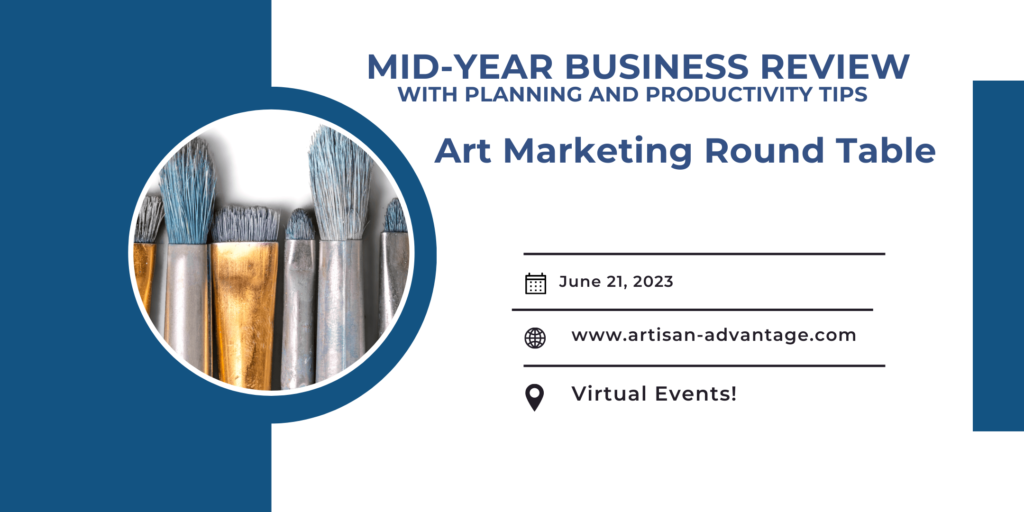
How to do a Mid-Year Review for Your Art Business
Planning is for more than just the beginning of the year. Artists should periodically take stock of how things are going and where they need to adjust their plans. Do this with a mid-year review. And, if you’ve never made a plan for your business, you don’t have to wait for the beginning of the year to start. Instead, learn strategies to get started with art business planning at any stage of the game.
This art marketing round table will focus on a mid-year review of your art business. We will discuss the review process and areas you should consider when going through this process. Discussion points will include assessing your performance, systems, and goals over the past six months. Then, take that information to determine areas of adjustment and improvement for the rest of the year. This comprehensive evaluation will guide your decision-making in growing a vibrant art business. Going through this process will help you to re-evaluate and clarify goals, optimize your practices, and foster a plan for business growth.
We will also discuss productivity and time management techniques.
Art Marketing Round Table: Mid-Year Planning – Wednesday, June 21, 2023
3:00 pm EST/12:00 pm Pacific
https://www.eventbrite.com/e/640713139247
Free Event to Help Your Art Business
This event is free, but space is limited.
For more information about upcoming round tables and other resources to help with your art marketing, please join my email newsletter.

 This post contains affiliate links which means I receive a small commission if you make a purchase using the link. For more information, see my full terms here.
This post contains affiliate links which means I receive a small commission if you make a purchase using the link. For more information, see my full terms here.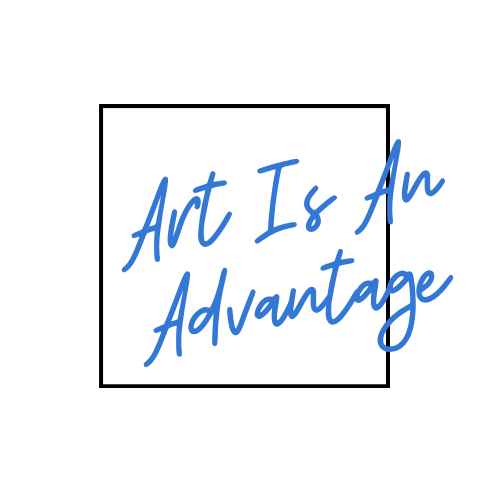





 This post contains affiliate links which means I receive a small commission if you make a purchase using the link. For more information, see my full
This post contains affiliate links which means I receive a small commission if you make a purchase using the link. For more information, see my full 



